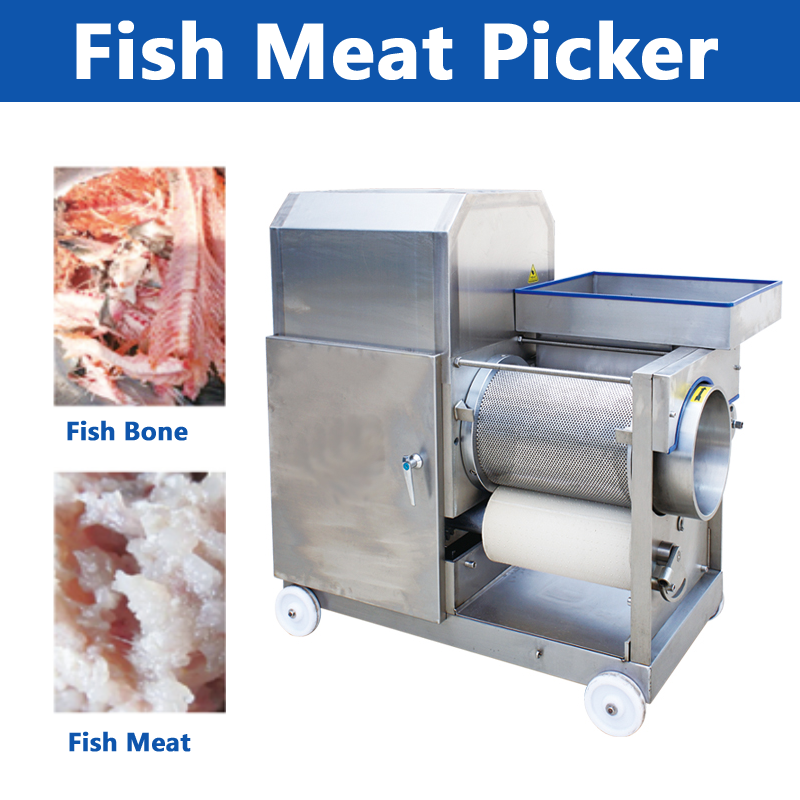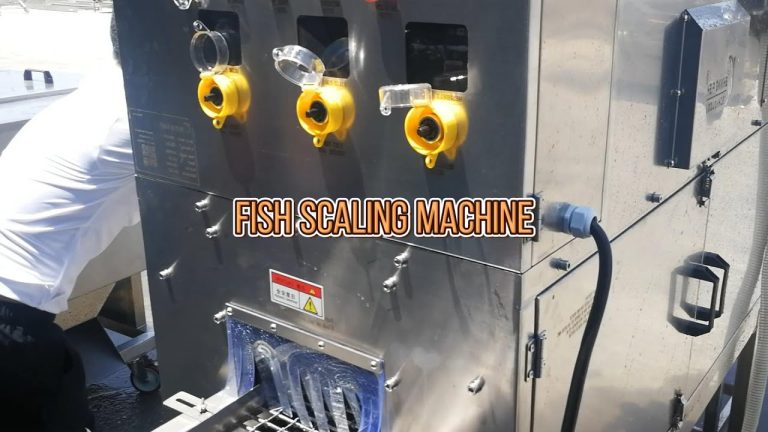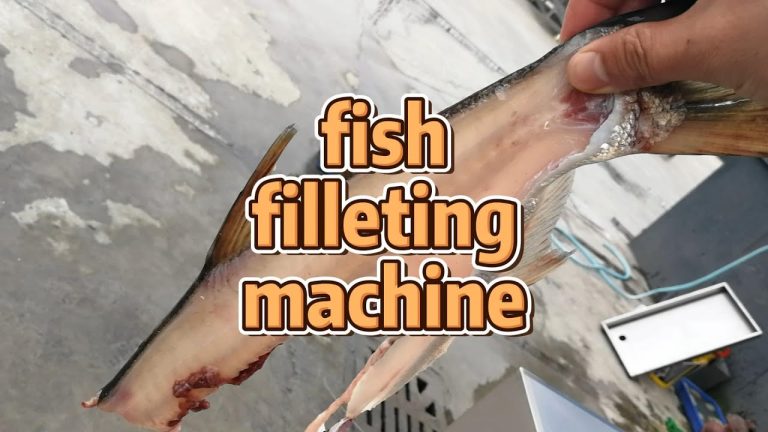Table of Contents
Fish Split Equipment
Fish splitting is a common process in the seafood industry where fish are cut into fillets or steaks for cooking and consumption. To efficiently carry out this task, specialized fish split equipment is used. These tools are designed to streamline the fish splitting process and ensure precision in cutting.
| Serial Nr. | Name |
| 1 | Fish processing machinery |
| 2 | Fish cleaning machine scaling |
| 3 | Fish fillet machine automatic |
| 4 | Fish cutting machinery |
| 5 | Fish peeling equipment |
| 6 | Fish cleaning machine automatic |
| 7 | Coating ice water machine |
| 8 | Fish scaling gutting machine |
| 9 | Fish depress machine |
| 10 | Dried fish slicer |
One type of fish split equipment commonly used is the fish filleting machine. This machine is equipped with sharp blades that can quickly and accurately remove the fillets from the fish. It is especially useful for processing large quantities of fish in a short amount of time, making it a valuable tool for commercial fish processing facilities.
Another important fish split equipment is the fish splitting knife. These knives are designed with a long, narrow blade that allows fishmongers to make precise cuts when splitting fish. The sharpness and flexibility of the blade are essential for cleanly separating the fish into fillets or steaks without damaging the flesh.
Benefits of Using Fish Split Equipment
Using fish split equipment offers several benefits to both commercial fish processors and individual consumers. Firstly, these tools help to increase efficiency in fish processing operations by reducing the time and labor required to split fish. This can result in cost savings and higher productivity for businesses.
Furthermore, fish split equipment helps to improve the quality of fish products by ensuring uniformity in the size and shape of fillets or steaks. Consistent cutting also reduces waste and maximizes the yield from each fish, leading to higher profitability for fish processing companies.
Lastly, fish split equipment enhances food safety by minimizing the risk of cross-contamination during the fish splitting process. By using dedicated tools for fish handling, the chances of bacterial contamination are reduced, resulting in safer and healthier seafood products for consumers.




